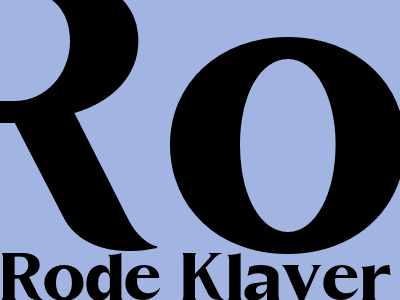Rode Klaver: The Versatile Superfood with a Rich History
Origins and History
Rode Klaver, scientifically known as Trifolium pratense, is a species of clover native to Europe, Asia, and parts of Africa. It has a long history of cultivation, dating back to ancient times. The ancient Greeks and Romans used Rode Klaver for medicinal purposes, and it was later introduced to North America by European settlers in the 17th century.
Rode Klaver is a member of the pea family (Fabaceae) and is closely related to other clover species, such as white clover and Dutch clover. It is a perennial plant, meaning it can live for more than two years. Rode Klaver typically grows to a height of 12-24 inches and has distinctive reddish-purple flowers that bloom in the summer.
Nutritional Value and Health Benefits
Nutritional Powerhouse
Rode Klaver is a nutritional powerhouse, rich in various vitamins, minerals, and antioxidants. It contains high levels of vitamin C, which is essential for immune function and collagen production. Rode Klaver is also a good source of calcium, potassium, magnesium, and iron.
Antioxidant Properties
Rode Klaver is rich in antioxidants, which help protect the body from damage caused by free radicals. These antioxidants include flavonoids, isoflavones, and anthocyanins. Studies have shown that Rode Klaver extract may have anti-inflammatory, anticancer, and cardiovascular protective effects.
Other Health Benefits
In addition to its nutritional value and antioxidant properties, Rode Klaver has been traditionally used for a variety of health conditions. It has been claimed to help with respiratory problems, such as asthma and bronchitis, and to improve digestion.
Culinary and Agricultural Uses
Culinary Applications
Rode Klaver is a versatile ingredient that can be used in a variety of culinary applications. The leaves and flowers of Rode Klaver are edible and can be added to salads, soups, and sandwiches. Rode Klaver can also be dried and used as a tea.
Agricultural Uses
Rode Klaver is an important forage crop for livestock. It is a high-protein feed that is palatable to animals. Rode Klaver is also a valuable nitrogen-fixing plant, meaning it can help improve soil fertility.
Cultivation and Harvesting
Growing Conditions
Rode Klaver is a relatively easy plant to grow. It prefers well-drained soil with a pH of 6.0-7.0. Rode Klaver can be grown in full sun or partial shade.
Harvesting
Rode Klaver is typically harvested when the flowers are in bloom. The leaves and flowers can be cut and dried for use as a tea or added to culinary dishes. The seeds can also be harvested and used for propagation.
Conclusion
Rode Klaver is a versatile and valuable plant with a rich history and a wide range of uses. Its nutritional value, antioxidant properties, and culinary and agricultural applications make it a beneficial addition to any garden or diet.

Comments